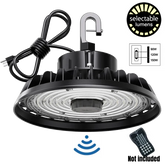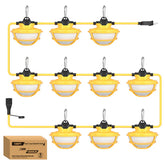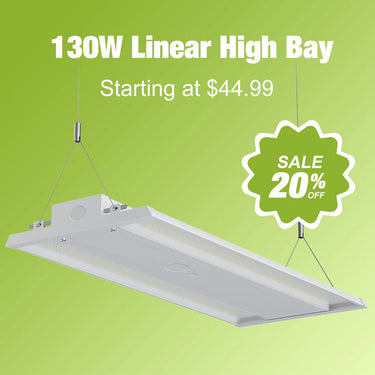5 Lighting Techniques to Elevate Your Home Design
by
NioJaydon
31 Jul 2025
When planning your home’s lighting, there are five core techniques to know: direct, semi-direct, indirect, semi-indirect, and diffused lighting. Each serves a unique purpose, and mixing them can turn a basic space into something truly intentional.
First, let’s clarify one key term: luminous flux is the total visible light a fixture emits—simply put, how bright it feels to your eyes.
Common fixtures in home design include ceiling fixtures, flush mounts, floor lamps, wall sconces, table lamps, spotlights, recessed lights, LED strips, and even decorative candleholders. Now, let’s dive into the techniques:
1. Direct Lighting
This is lighting with a mission: over 90% of the light shoots straight to a specific surface, creating a sharp, focused beam that highlights what matters.
Go-to fixtures: Spotlights, recessed cans, or track lights. Think of the under-cabinet lights that make chopping veggies a breeze or the track lights highlighting your favorite artwork.
Why it works: It’s efficient—low-wattage bulbs pack a punch because they’re targeting one area, not wasting light. Those recessed lights in your kitchen ceiling? Classic direct lighting. For a modern twist, try JCLGL’s track lights—sleek, adjustable, and built to focus light exactly where you need it (no more fumbling in dim corners).
2. Semi-Direct Lighting
Here, 60-90% of the light hits the target, but the rest softens up—either through a frosted shade or by gently bouncing off nearby surfaces. It’s focused but not harsh.
Common picks: Table lamps and floor lamps—the ones on your nightstand or next to the couch.
Where to use it: Cozy zones. That lamp by your reading chair? It lights the book without blinding you, thanks to semi-direct lighting. JCLGL’s LED Panel Lights are a hidden gem here: their slim design and soft edges make them perfect for home offices or bedroom vanities, balancing brightness with warmth.
3. Indirect Lighting
Only 10% of the light goes straight to the surface—the other 90% bounces off ceilings, walls, or floors first. It’s all about soft, reflected glow.
Typical fixtures: LED strips tucked into ceiling coves or under shelves. The light hits the ceiling, then spreads gently through the room.
The vibe: No harsh shadows, just a warm, airy feel. It makes rooms feel bigger, too. Pair it with direct lighting (like a pendant over the dining table) for depth—suddenly, the space feels layered and intentional.
4. Semi-Indirect Lighting
Less than 40% of the light shines down; 60% heads up to bounce off the ceiling. It’s like indirect lighting but with a little more focus.
Fixture example: Upside-down pendants in living rooms or entryways—those with an open top that sends most light skyward.
Heads up: The open design can collect dust, so keep a cloth handy for quick wipes.
Best for: Foyers, home offices, or anywhere you want a soft, shadow-free glow. It’s warm without being overwhelming.
5. Diffused Lighting
Light spreads evenly in every direction, thanks to fixtures with frosted glass, fabric shades, or curved shapes that scatter light like a gentle fog.
Popular choices: Globe pendants or those trendy molecular-style lights in living rooms and bedrooms.
Perk: They’re as much decor as they are lighting. Low-wattage but high-impact, they add a relaxed, uniform glow—perfect for bedrooms or casual hangout spots.
Stuck on which technique works for your space? Shoot JCLGL a message. Whether you’re debating pendant placement or need help mixing styles (pro move: pair their LED Panel Lights for task areas with LED strips for ambiance), they’ve got you covered. And while they’re known for heavy-duty solutions like LED High Bay Lights and LED Parking Lot Lights, their home-focused fixtures are just as sharp.
Lighting isn’t just about seeing—it’s about making your home feel like yours. Play with these techniques, mix and match, and watch your space shine.

















